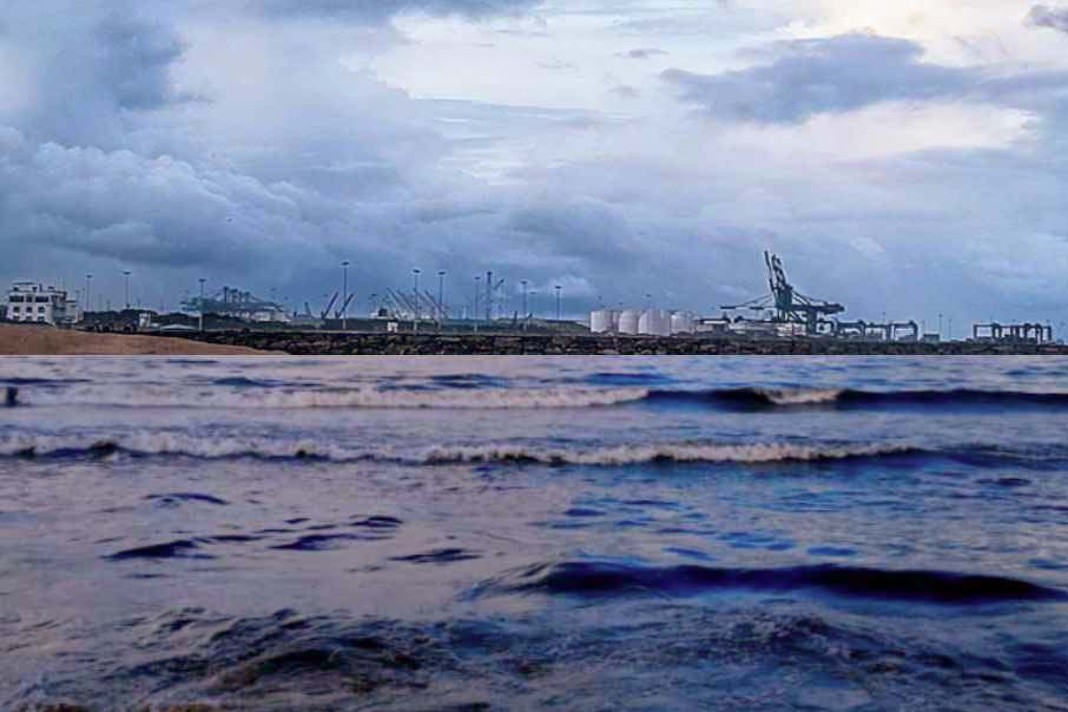- Bio-LNG bunkering is expanding rapidly across Europe, driven by regulations like FuelEU Maritime.
- LBM is fully compatible with existing LNG engines, offering a seamless path toward decarbonization.
- LNG dual-fuel engines show a strong return on investment compared to VLSFO, methanol, and ammonia options.
- The LNG pathway provides shipowners with lower compliance costs, global infrastructure, and operational safety.
Global interest in LNG-fuelled vessels continues to grow, driven by strong ordering activity, expanding bunkering infrastructure, and supportive decarbonization strategies. A new mid-year review sheds light on how LNG, liquefied biomethane (LBM), and e-methane are shaping the future of marine fuel, highlighting the operational and economic value of LNG dual-fuel engines under the IMO’s Net-Zero Framework, according to SEA-LNG’s latest report.
LNG Pathway Gains Momentum with Bio-LNG
The growing adoption of LNG as a marine fuel is being reinforced by the emergence of liquefied biomethane (LBM), also known as bio-LNG. According to SEA-LNG’s Chief Operating Officer, Steve Esau, biomethane bunkering is expanding rapidly across Europe, largely driven by regulatory measures such as FuelEU Maritime. LBM is considered a key step toward decarbonization due to its full compatibility with existing LNG engines, offering a seamless transition with no need for blending—unlike other alternatives such as biodiesel and fuel oils.
Over the past year, LBM bunkering operations have expanded to a diverse range of vessel types, including cruise ships, container carriers, ferries, offshore support vessels, car carriers, tankers, bulk carriers, and small-scale LNG carriers.
In its mid-year review, SEA-LNG also presents an early evaluation of the commercial viability of LNG under the IMO Net-Zero Framework. Using Z-Joule’s POOL.FM model and data from DNV, the analysis examines greenhouse gas intensity, fuel pricing, and capital expenditure. Results indicate that both high- and low-pressure LNG dual-fuel engines offer a payback period of approximately 4.5 to 5 years for a 14,000 TEU container vessel operating between Japan and the U.S. West Coast, compared with vessels using VLSFO. In contrast, ammonia and methanol dual-fuel options do not break even over a 15-year investment period.
SEA-LNG chairman Peter Keller emphasized that the LNG pathway not only offers strong financial returns under the MEPC 83 Net-Zero Framework but also delivers practical advantages: a global supply network, fuel flexibility, local emissions reductions, and a proven safety track record. These factors make LNG a pragmatic choice for the industry’s climate strategy.
Did you subscribe to our Daily newsletter?
It’s Free! Click here to Subscribe!
Source: SEA-LNG
















